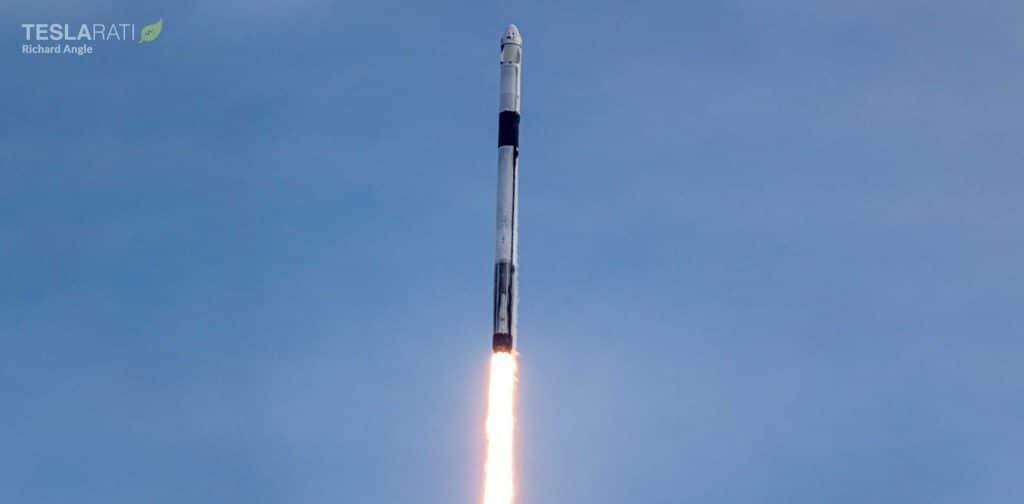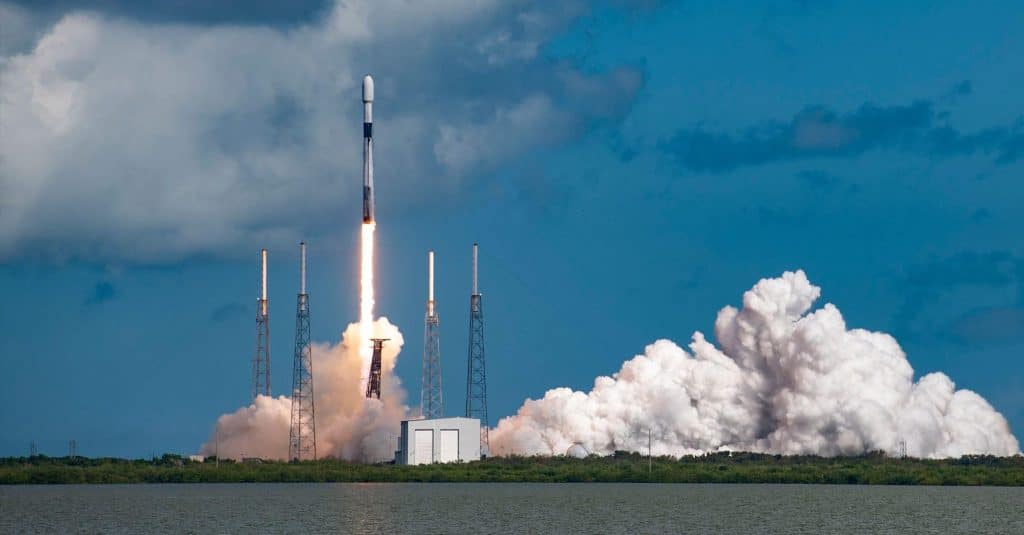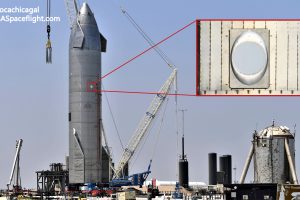For the first time since January 2020, SpaceX has intentionally expended a Falcon 9 booster instead of attempting to recover the rocket at sea or on land.
Weighing around 6.6 tons (~14,600 lb) at liftoff, the rare mission sent Intelsat’s twin Maxar-built Galaxy 31 and 32 communications satellites to a high geostationary transfer orbit (GTO) that will allow them to start operating more quickly than a standard GTO would. To launch such a heavy payload to such a high ‘supersynchronous’ transfer orbit, SpaceX – at Intelsat’s request and for a fee – removed all landing-related hardware from Falcon 9 and did not attempt to recover the first stage.
Instead, the rocket put all the propellant that would have otherwise been saved for recovery into its first and only burn, reaching as high a speed as possible before separating from the second stage. Flying for the 14th time since its March 2019 debut, Falcon 9 booster B1051 didn’t perform a controlled flip or attempt to land on a SpaceX drone ship. It’s more likely that the few-dozen-ton rocket – now drained of propellant – reentered Earth’s atmosphere with no control at a speed of roughly 2.7 kilometers per second (~6000 mph), broke apart when it slammed into that atmospheric ‘wall,’ and crashed into the Atlantic Ocean as a cloud of debris.
Having already flown 13 times before its 14th and final mission, it’s safe to say that booster B1051 earned its permanent retirement as an artificial reef. The mission marked the first time a Falcon 9 booster was intentionally discarded since January 2020, when the first Falcon 9 Block 5 booster – B1046 – was destroyed as part of an intentional In-Flight Abort test of SpaceX’s Crew Dragon spacecraft.
Like B1046, B1051 was another fairly new Falcon 9 Block 5 booster. It’s no coincidence that most of the first five or so boosters have been or will be intentionally expended. B1047 was first in August 2019, followed by B1046 five months later, and B1051 in November 2022. B1048 and B1050 both suffered in-flight anomalies that – while they didn’t impact the success of their primary missions – resulted in failed landing attempts. After B1051’s demise, only B1049 remains. Next Spaceflight reports that SpaceX will also intentionally expend that booster after its 11th launch, which will send the Eutelsat 10B communications satellite to a different geostationary transfer orbit as early as this month.



While SpaceX likely charged its customers a healthy fee to expend B1049 and B1051, the company is likely not complaining about an opportunity to refine its fleet of Falcon boosters. Though no new variant has been officially introduced, SpaceX has learned more about the design over the years, and newer Falcon Block 5 boosters include improvements that make them easier and cheaper to operate and reuse. It’s also added four new Falcon 9 boosters to the fleet in less than a year, easing the burden created by expending two older but flightworthy boosters weeks apart.
Once B1049 is gone, that fleet will still have one unflown Falcon 9 booster, four unflown Falcon Heavy boosters, ten flown Falcon 9 boosters, and four flown Falcon Heavy side boosters – the latter of which can potentially be converted into Falcon 9 boosters during Falcon Heavy lulls. B1051 was the third Falcon 9 booster to complete 14 launches, meaning that SpaceX has gotten so good at routine reusability that it can safely assume that each new Falcon 9 Falcon Heavy side booster can fulfill the roles of more than a dozen expendable boosters.
Ultimately, B1051’s sacrifice left Falcon 9’s expendable upper stage with enough performance to boost Galaxy 31 and 32 into a supersynchronous orbit with an apogee more than 58,400 kilometers (~36,300 miles) above Earth’s surface – almost 1.5 times its circumference. Just last month, two recoverable Falcon 9 boosters helped launch a pair of smaller 4.5-ton (~10,000 lb) satellites to almost identical orbits (~57,500 km vs. ~58,400 km). Expending Falcon 9’s booster thus allowed SpaceX to launch almost 50% more payload to a similar supersynchronous GTO, demonstrating the substantial toll booster reuse incurs on launches to higher orbits.
Galaxy 31/32 was SpaceX’s 52nd launch this year and hit a target set by CEO Elon Musk in January. Musk later raised his goal to 60 launches, but SpaceX has managed an average of one Falcon launch every six days for nearly 12 months and has a strong shot at completing another eight launches before the end of the year.





